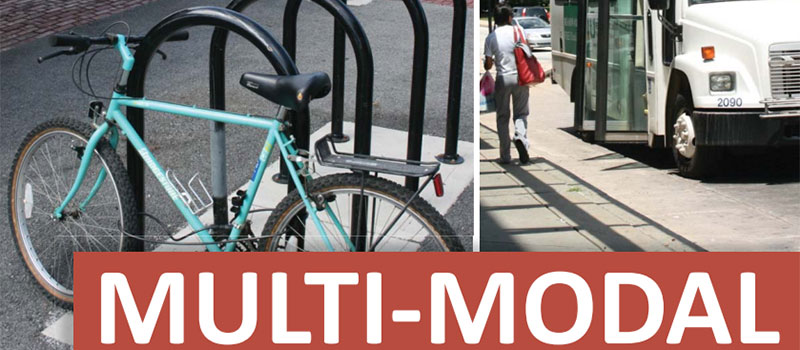Resources: Introduction

Previous chapters of this handbook have specified the design aspects which should guide the construction or reconstruction of the multimodal transportation system. This chapter identifies the planning efforts which should be considered to institutionalize these principles into municipal plans and ordinances. This chapter presents the tools, such as plans, programs or ordinances, which can be used to guide the development of the transportation system in a community.
The Pennsylvania Municipalities Planning Code (Act 247, as amended) delegates most of the power to regulate land use to individual municipalities. Significant transportation issues such as access to state roads and the provision of new highway capacity are primarily the responsibility of the state. Regardless of this separation of powers, there are tools and procedures that foster the coordination of multimodal circulation and land use among all levels of government.
The tools for circulation planning exhibit provides a conceptual framework of the many tools that can be established by a municipality and used by landowners and developers. Each tool listed in the exhibit is directly linked to the comprehensive plan, the focal point for all municipal planning. An interactive relationship exists between these various tools. For example, a comprehensive plan may identify a highway corridor which needs more detailed evaluation. Through an access management study, specific recommendations can lead to revisions in the zoning and subdivision and land development ordinances. These steps then lead to an update or amendment to the comprehensive plan.


